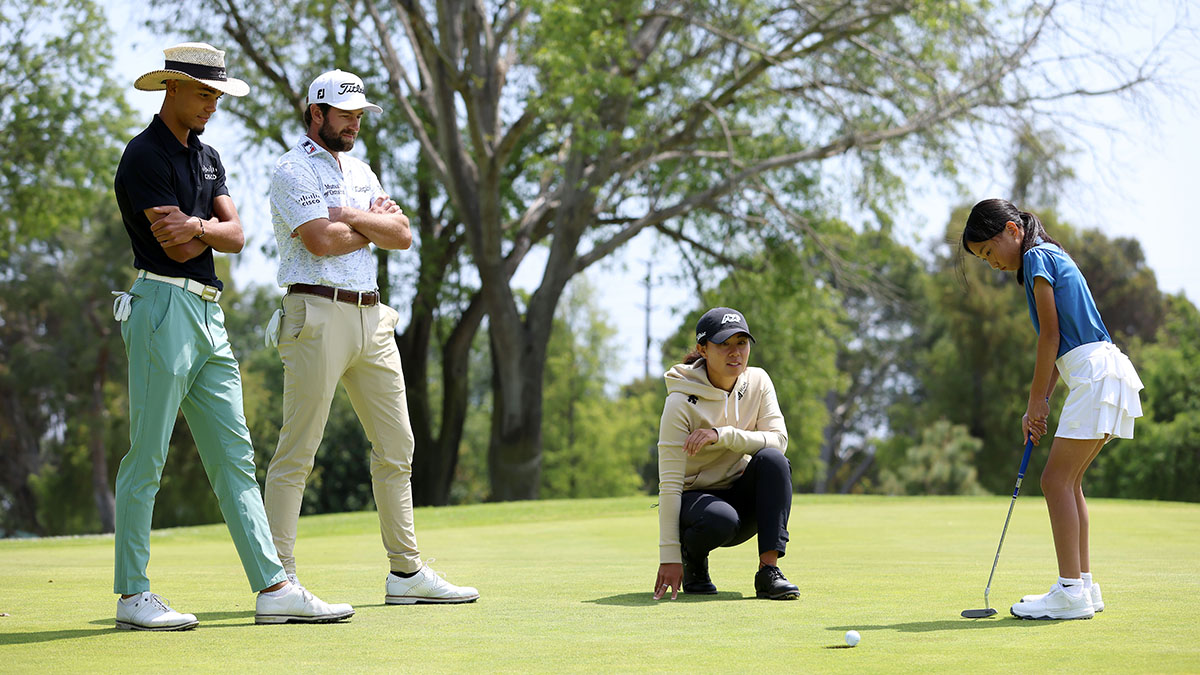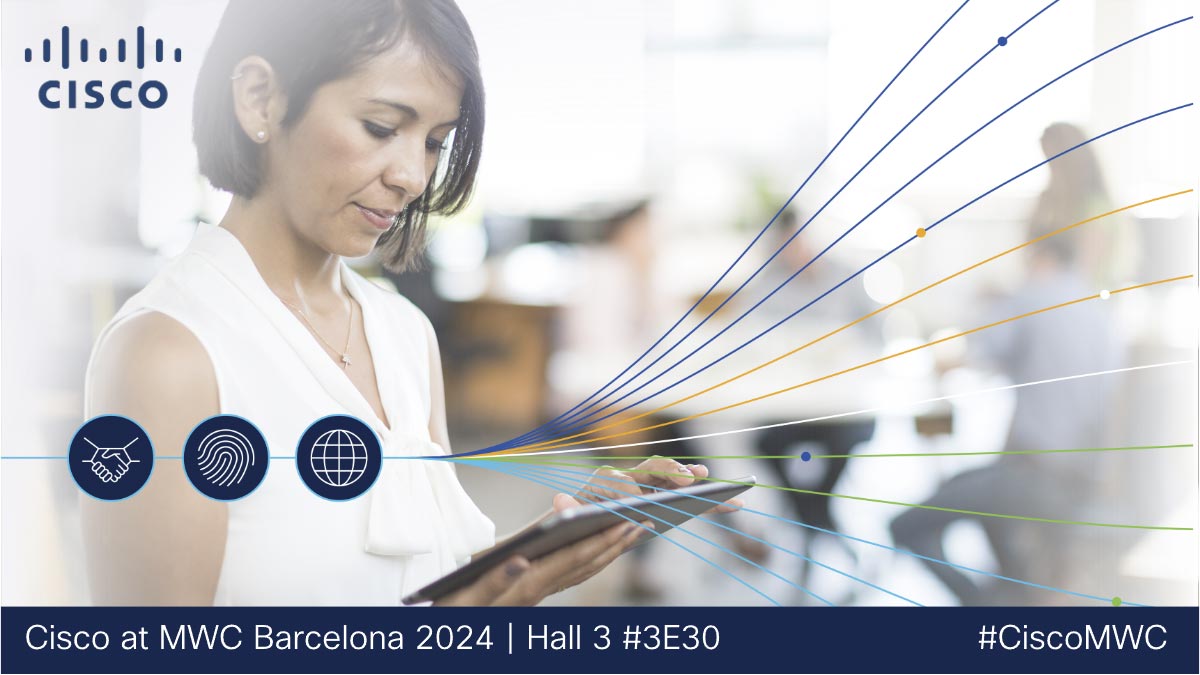Given the seismic shift in education during the COVID-19 pandemic, it’s a safe bet that the old ways of teaching and learning will never fully return.
And despite all the hardships that kids, parents, and educators experienced in recent months, that could be a good thing. Because, when done right, the emerging hybrid education model blends the best attributes of the online, on-campus,and classroom experiences — while enabling more relevant, engaging, and inclusive learning.
“Without a shock like this, I don’t think we would have seen such a swift movement into remote learning,” said Anya Kamenetz, an education futurist and NPR reporter. “It was a shift in mindset for so many educators, and there were definitely many frustrations along the way. But it was an incredible learning experience.”
See also: An innovative learning tool to bridge the digital divide
That accelerated learning experience — with many schools going fully online in a matter of days or weeks — has led many educators to completely rethink many of their assumptions about teaching.
“What we really wanted to do was not just take this as an opportunity to put a band aid on things, but to reimagine what learning can be,” said Michelle Bourgeois, chief technology officer for Colorado’s St. Vrain Valley School District. “Every challenge is an opportunity just waiting for a champion. And we had champions both in our district and in our partners, Cisco.”
Bourgeois was speaking at a Cisco-led Education Now roundtable, which explored the challenges exposed by the pandemic — and the promise of hybrid education. In her introduction, Renee Patton, Cisco’s global education and healthcare director and the event’s mediator, laid out some key questions around education.
“How can we bridge the digital divide to ensure the continuity of learning regardless of where students are?” she asked. “How can we ensure safety security and privacy, because we've seen the threat landscape increase dramatically over the past year? And then, whether students are joining from home, from a Starbucks, or from inside a school building, how can we continue to deliver engaging learning?”
First-rate learning — for all kids, everywhere
The digital divide proved one of the more vexing challenges in the early days of the pandemic. And both Bourgeois and Dr. Oscar Rico, executive director of technology at the Canutillo Independent school District in Texas, relied on Cisco solutions to bridge the gap and bring Wi-Fi to disconnected communities.
“From my small footprint of Cisco solutions, we’ve expanded and been able to create what is now called the Cisco Ultra-Reliable Backhaul solution. When we first encountered this technology, it was providing Wi-Fi to keep trains from crashing into each other. But with the innovative mentality that I saw from Cisco, we could say, ‘Hey, we’re going to do this differently.’ ”
See also: Innovation and community: Networking skills flourish in groups
Other frustrations stemmed from getting used to unfamiliar technology. But moving forward, hybrid education will benefit as tools like Webex continue to be more flexible, seamless, and simple to use.
“Having better technology in a seamless, integrated platform will remove a lot of the grief,” Kamenetz said. Teachers never intended to be IT professionals. So having something where you click the link and it works and all the tools are there does reduce friction and it does reduce exhaustion.”
Enabling the next era in education
As important as it is to reduce student grief and teacher burnout, the best digital tools are also looking forward — to enable the next era in education. One that promises a highly flexible, more inclusive experience that catering to individual needs and varied learning styles.
“Every child deserves that customized experience,” Kamenetz said. “And I think ultimately every student wants an integrated education plan that’s fulfilled according to their needs — and to help them reach high expectations.”
Despite the efforts of so many great educators over the years, the traditional school experience often fell short in terms of neurodiversity. By adhering to a one-size-fits-all model, differences in learning styles were often not accommodated. But in the real world, learners come in all sizes: introverts, extroverts, visual learners, auditory learners, developmentally challenged, and gifted, to name but a few.
Today we have an opportunity to redress those gaps, with technology that augments the classroom experience and enables students to learn at their best individual pace, explore and collaborate in new ways, and move past old models of rote learning.
“I really see technology enabling educational transformation,” Kamenetz explained. “The technology has specific affordances but, it also allows people to connect with others like them. And I think it's the formation of those networks in those communities that we become aware of things such as twice-exceptional children. That is, children who are both gifted and disabled.”
Inclusive, flexible, and secure
Of course, without solid security the promise of hybrid learning will come to naught. The pandemic exposed the critical importance of keeping children (and everyone else!) protected online.
“Cybersecurity is a big challenge in education right now,” Bourgeois said “So, we transitioned our protection to use Cisco AMP, which provides us not only protection but visibility into what’s going on in devices that are not in our buildings or in our district.”
It’s one example of how, moving forward, education can be more safe, flexible, and innovative than it ever was before the pandemic.
“For us, it’s a look at how coming out of this pandemic we can be more resilient,” Bourgeois said, “and support our students, our teachers, and protect our network.”
Dr. Rico remains concerned with the effects of the digital divide. But he’s excited about the ongoing efforts to close the gap and share the great potential of hybrid learning — to expand awareness and level the playing field for more and more students.
“Our students will be back in schools,” he said, “and you can’t mask the fact that some still do not have access to a reliable Internet connection. But we were able to see what Cisco is doing throughout the world to connect people in a way that equals the starting line. And we’re seeing it here little by little.”
“It’s a monumental chance,” Dr. Rico concluded, “for all students to explore the world and maximize their potential.”
###
Related content:
Family and education serve as a foundation for the leader of Cisco Networking Academy
Webex for education: Simple and secure
CIO Insights 8: California Baptist University shares insights into secure remote learning



